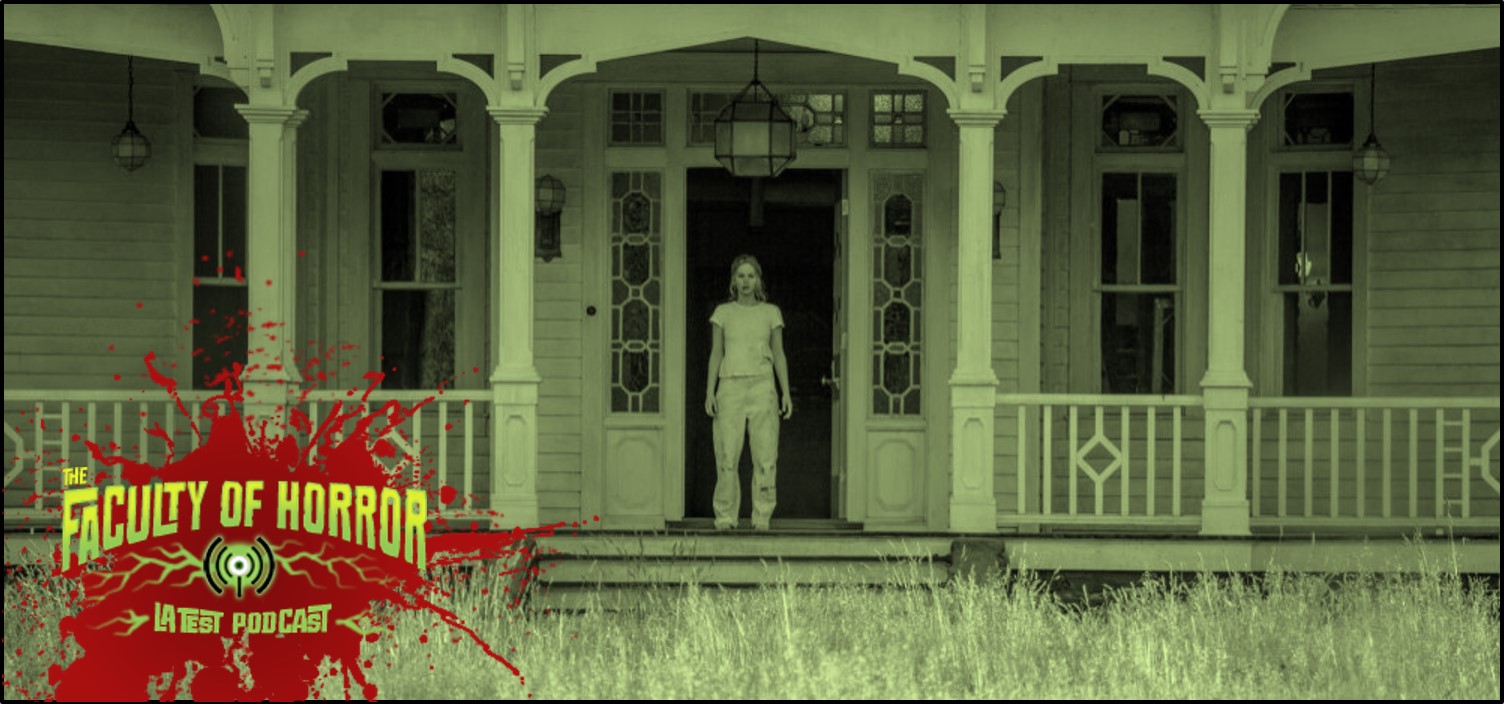EXTRA CREDIT
LISTEN
Right click or option-click here and choose “Save Target As…” to download the mp3.
Podcast: Play in new window | Download
Right click or option-click here and choose “Save Target As…” to download the mp3.
Podcast: Play in new window | Download
 Andrea and Alex break down the foundational elements of Darren Aronofsky’s divisive mother! From authorship to ecofeminism to sink instillation, few stones are left unturned or unexamined.
Andrea and Alex break down the foundational elements of Darren Aronofsky’s divisive mother! From authorship to ecofeminism to sink instillation, few stones are left unturned or unexamined.
Right click or option-click here and choose “Save Target As…” to download the mp3.
Podcast: Play in new window | Download
How to Dress Like a Stepford Wife. Great fashion advice without a trace of irony.
Capitol Couture via ladyhellbat.com. In which Andrea gets her Hunger Games in a twist.
HORROR BLACKADEMICS: THE GET OUT (2017) SYLLABUS. Graveyard Shift Sister’s compilation of essays about Get Out.
Jordan Peele on Why Get Out Is an Important Movie. Oprah’s interview with Jordan Peele.
Surveilling the City: Whiteness, the Black Man and Democratic Totalitarianism. John Fiske’s examination of the normalization of Whiteness through surveillance.
Right click or option-click here and choose “Save Target As…” to download the mp3.
Podcast: Play in new window | Download
The history of Satanic Panic in the US — and why it’s not over yet Vox’s piece on the enduring impact of the Satanic Panic in the US.
Satanic Panic: Pop-Cultural Paranoia in the 1980s Spectacular Optical’s deep dive into the cultural influence of Satanic Panic.
Right click or option-click here and choose “Save Target As…” to download the mp3.
Podcast: Play in new window | Download